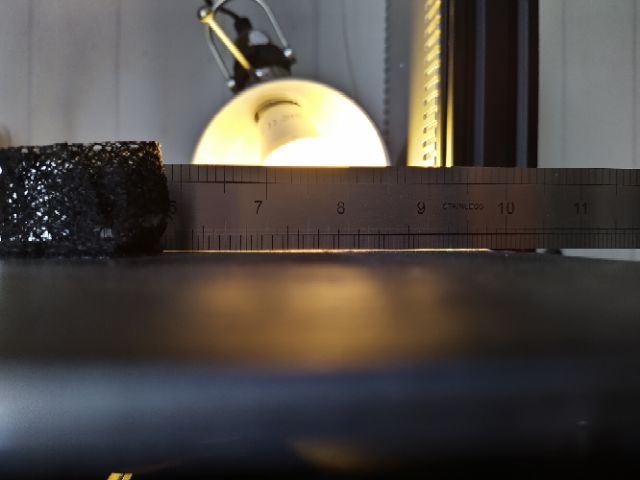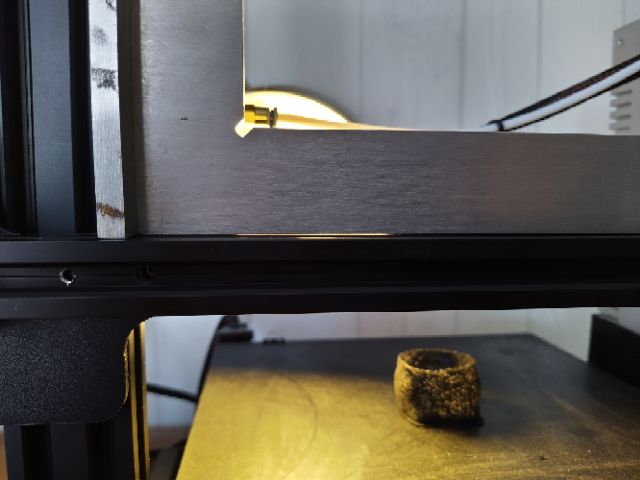Thank you for your response,
Of course I also used the separate (test) sketch to test, I also arrive at the end of the measuring range, with one of the combined, and with the second (had ordered two) I don't get any measurements at all, unfortunately.
The HDC sensor does send values, and with the I²C scanner I also see two sensors, but the CCS gives me no or incorrect values.
I'll just say that I bought a fake sensor, I will now just order a separate CCS-811.
Just understood that the CCS-811 does not need to be called, because first chose the BME860, but I didn't get any good value from that, I think because the calibration is not going well.

 image url)
image url)